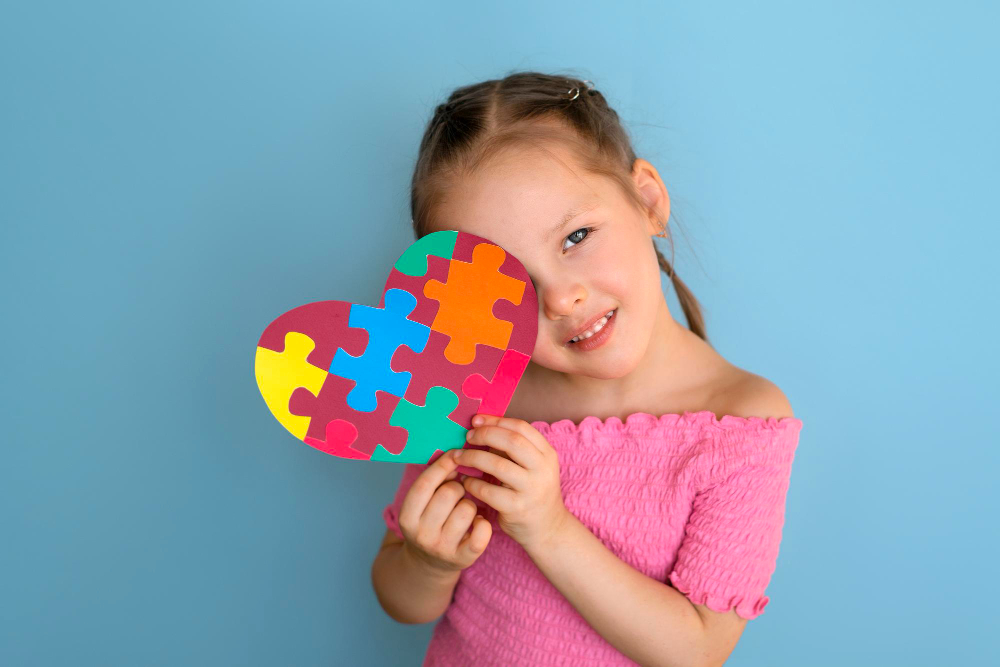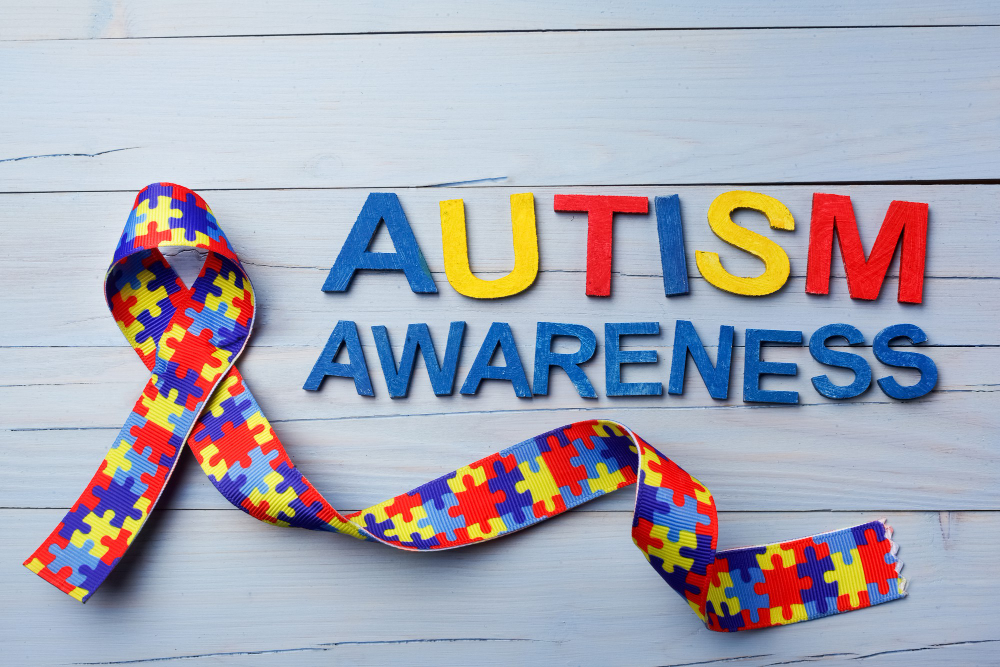Definition
Autism spectrum disorder (ASD) is a developmental disability that can cause significant social, communication, and behavioral challenges. According to a CDC report in 2016, 1 in 54 children in the US has been identified with ASD (source). You may encounter families who are very concerned about their child and bring up the possible diagnosis during a routine visit, while others may deny their child exhibits some of the characteristics of the disorder.
Signs of ASD
General signs of autism in the first years of life include:
- Decreased attention to face, eyes
- Limited response to name
- Minimal showing, sharing of attention; delayed pointing
- Limited shared affect
Red Flags to be aware of before 6 months of age include:
Failure to…
- Look at faces
- Smile at others
- Coo/vocalize with pleasure
Red Flags to be aware of at 6-12 months of age:
Failure to…
- Respond to name
- Babble
- Play social games
- Display bright affect
Red Flags to be aware of at 12-18 months of age:
Failure to…
- Follow a point
- Point to request
- Point to indicate interest
- Use gestures
- Imitate
- Show interest in peers
The Diagnostic and Statistical Manual of Mental Disorders V (DSM V) recently implemented changes and updates to help consolidate the categories of autism into one umbrella diagnosis of “autism spectrum disorder.” It also consolidated autism symptoms into two major categories: “persistent deficits in social communication/interaction” and “restricted, repetitive patterns of behavior” (the latter includes sensory issues).
As clinicians, it is important we monitor and screen all children with developmental screening tools, and further evaluate those with possible ASD as early as possible. While there is no cure for ASD, early intervention services can improve a child’s development.
I hope you find her suggestions and some of the other information below helpful in your clinical practice.
Hope this helps!
Best regards,
Eyal Ben-Isaac, MD, Children’s Hospital Los Angeles




